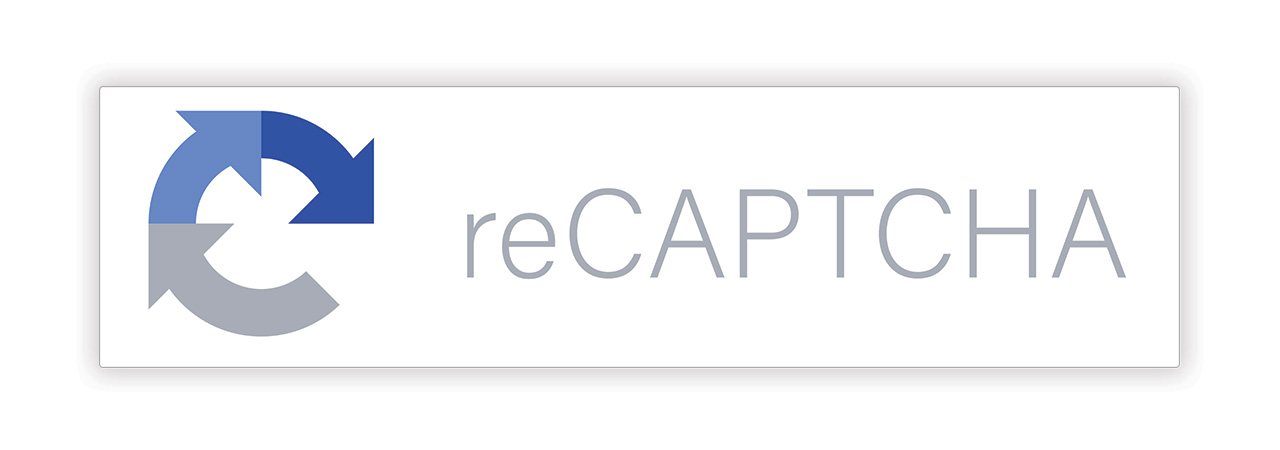
What is Corrective and Preventive Action?
Corrective and Preventive Actions (CAPA) serve as proactive measures within quality management systems, aiming to ensure safety and maintain high standards of quality. CAPA adopts a systematic approach that involves the identification, investigation, and resolution of underlying causes that may pose risks to an organization. By embracing CAPA processes, businesses can take pre-emptive steps to rectify issues, prevent their reoccurrence, and foster a culture of continuous improvement. Let’s explore the intricacies of Corrective and Preventive Action further, delving into its significance in safeguarding safety, maintaining quality, and enhancing operational efficiency.

Table of Contents
- What is Corrective and Preventive Action?
- Corrective Action
- Preventive Action
- How to Make a Corrective and Preventive Action (CAPA) Plan
Corrective Action
The Corrective Action process plays a critical role in upholding and improving quality standards within an organization. When faced with a nonconformity or safety concern, Corrective Action provides a systematic approach to effectively address the issue at hand. It goes beyond mere problem-solving by delving into the underlying causes and implementing measures to prevent its recurrence.
Steps in the Corrective Action Process
The initial step in the Corrective Action process involves identifying and reporting the nonconformity or issue. This can be accomplished through various channels, such asincident reports, customer feedback, internal audits, or quality inspections. Cultivating a culture of open communication and accountability ensures that issues are promptly brought to the forefront, enabling timely intervention.
Investigating for Corrective Action Plans
Once safety issues or nonconformities are identified, a thorough investigation takes place to uncover its root causes. This entails analyzing data, examining processes, and engaging relevant stakeholders. Techniques like the “5 Whys” method are commonly employed to systematically probe deeper into the underlying factors contributing to the problem. By comprehending the root causes, organizations can develop targeted and effective corrective actions.

Making Your Corrective Action Plan
Based on the findings of the investigation, the Corrective Action plan is formulated. This plan outlines specific actions to be taken in order to address the root causes and resolve the nonconformity. The plan should be clear, concise, and actionable, with assigned responsibilities and realistic timelines. It may involve modifying processes, providing employee training, repairing or upgrading equipment, or revising documentation and standard operating procedures.
Implementing the Corrective Action plan
Implementing the Corrective Action plan necessitates collaboration and coordination among various stakeholders. Clear communication channels and accountability mechanisms ensure that the actions are executed as intended. Monitoring and tracking the progress of the corrective actions are vital in evaluating their effectiveness.
Reviewing Corrective Action Plan
Regular reviews and evaluations of the Corrective Action process are essential for driving continuous improvement. Lessons learned from past nonconformities can inform future preventive measures, thus closing the loop between Corrective Action and Preventive Action. By analyzing trends and patterns in nonconformities, organizations can identify recurring issues and proactively take steps to eliminate them.
It is important to note that Corrective Action is not a one-time solution but an ongoing process of improvement. Organizations should foster a culture of learning and adaptability, encouraging employees to report and address issues promptly. By embracing Corrective Action as a fundamental component of their quality management system, organizations can cultivate a culture of continuous improvement, enhance customer satisfaction, and ensure compliance with regulatory requirements.
Preventive Action
On the flip side, Preventive Action focuses on staying ahead of the game. It’s all about stopping problems before they even occur. This means finding and dealing with possible issues early on to avoid costly setbacks. By studying data, evaluating risks, and taking proactive measures, businesses can stay ahead of the competition. Preventive Action is a vital part of quality management, making sure things run smoothly and customers stay satisfied.
To make Preventive Action work, companies need to do thorough assessments. Many use hazard assessment software and other methods to collate data and keep things organized. They have to look at past data and trends to find potential risks. Once they spot those risks, they can take proactive steps to reduce them. These steps might include improving processes, providing better training, or adding extra quality checks. Preventive Action is a proactive way to prevent future problems and maintain high quality.
Implementing Preventive Action means always being watchful. It means regularly reviewing processes, finding areas to improve, and taking proactive action to tackle possible risks. By doing this, organizations can lower the chances of future problems or issues. Preventive Action is a smart strategy that encourages constant improvement and ensures long-term success.

How to Make a Corrective and Preventive Action (CAPA) Plan
Implementing an effective Corrective and Preventive Action (CAPA) system requires careful planning and execution. Here are some important steps to consider:
Step 1: Identify and Report
The first crucial step in the CAPA process is to identify and report any issues or deviations from expected standards. Observing and noticing irregularities is key to maintaining quality and efficiency within an organization. Promptly reporting these concerns to the relevant authority ensures that the problem is acknowledged and can be addressed in a timely manner. Transparent communication and accountability through reporting contribute to the overall improvement of the organization.
Step 2: Investigate and Find the Root Cause
After identification, thorough investigation and root cause analysis are necessary. This involves delving deep into the problem and collecting data to understand why it occurred. Through interviews and problem-solving techniques, the factors contributing to the issue are identified. The aim is to uncover the fundamental reasons behind the problem, allowing targeted solutions to be developed and preventing similar issues in the future.
Step 3: Develop a Corrective Action Plan
The Corrective Action Plan involves developing practical solutions based on the identified root causes. The goal is to fix the problem and prevent its recurrence. Thorough investigation and analysis help in understanding the causes, and practical steps are taken to address them. This may include making process changes, implementing training programs, or modifying equipment. Monitoring the effectiveness of the actions taken and making adjustments if necessary is crucial.
Step 4: Preventive Action Plan
A Preventive Action Plan is all about being proactive and avoiding future problems. It means identifying possible issues, taking steps to prevent them, and keeping track of progress. By being proactive, organizations can reduce risks, improve processes, and boost overall performance.
To create an effective Preventive Action Plan, start by looking at past information and finding trends or patterns that keep happening. This helps you spot areas that might be vulnerable and come up with specific strategies to deal with them. Put preventive measures in place like regular checks, training programs, and updated rules. Keep an eye on how well these measures are working to make sure things keep getting better.
Having good communication and teamwork is important for a successful Preventive Action Plan. Encourage open conversations and feedback so you can hear from the people who know the day-to-day work best. Their input can help spot risks and come up with ways to prevent them.
Lastly, it’s crucial to have a proactive mindset to keep the Preventive Action Plan working well. Stress the importance of always trying to improve and ask employees to report any potential problems or ideas for preventing issues. By creating a culture of being alert and accountable, organizations can make sure everyone is working together to prevent problems.
Step 5: Implementation and Monitoring
After you’ve come up with the corrective and preventive actions, it’s important to put them into action and keep an eye on how they’re going. This means making the plans happen and watching closely to see if they’re working.
Implementation means putting the plans into action, making any necessary changes, and following the recommended adjustments in daily work. It’s important to assign responsibilities and give clear instructions to the right people or teams. Regular communication and coordination are key to making sure everyone understands their roles and does what they need to do.
Monitoring is an ongoing process of watching and assessing the corrective and preventive actions that have been put in place. It’s important to have clear ways to measure and evaluate progress and how effective the actions are. This might involve collecting data, doing regular checks or audits, and tracking important performance indicators. By keeping an eye on the results, organizations can spot any problems or areas that need more work.
Continuously monitoring helps organizations stay informed about how things are going with the actions they’ve taken. It allows for adjustments to be made if needed and makes sure that the desired results are achieved. By keeping a close watch on implementation, organizations can take responsibility and make the necessary changes to keep improving.
CAPA Conclusion
By using a strong Corrective and Preventive Action process, organizations can create a culture of always improving and having high-quality standards. It helps businesses deal with issues quickly, prevent them from happening again, and make operations more efficient. What’s more, a well-executed CAPA system shows a commitment to making customers happy, following regulations and striving for excellence in operations.
Remember, Corrective and Preventive Action is not just about reacting to problems; it’s about being proactive and driving ongoing improvement. By embracing CAPA principles and making them part of your quality management system, you can empower your organization to succeed in a fast-changing and demanding business world.






























